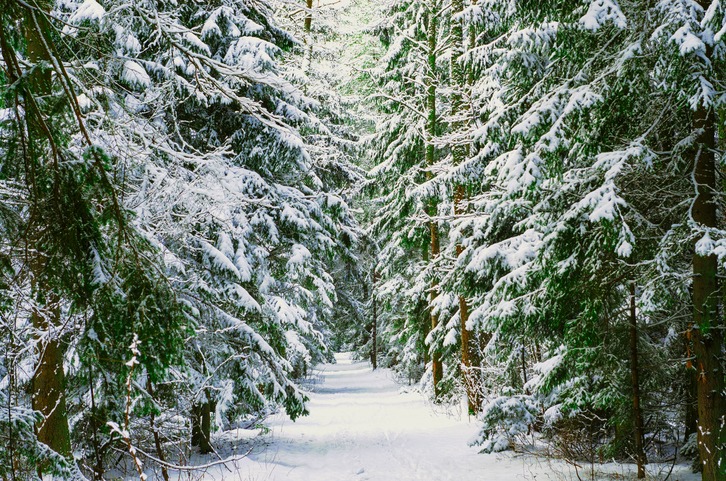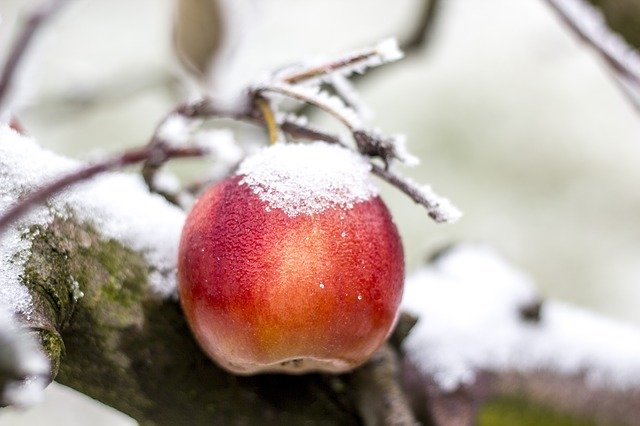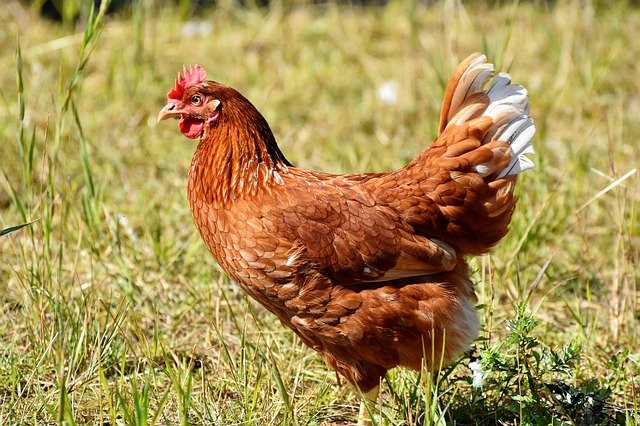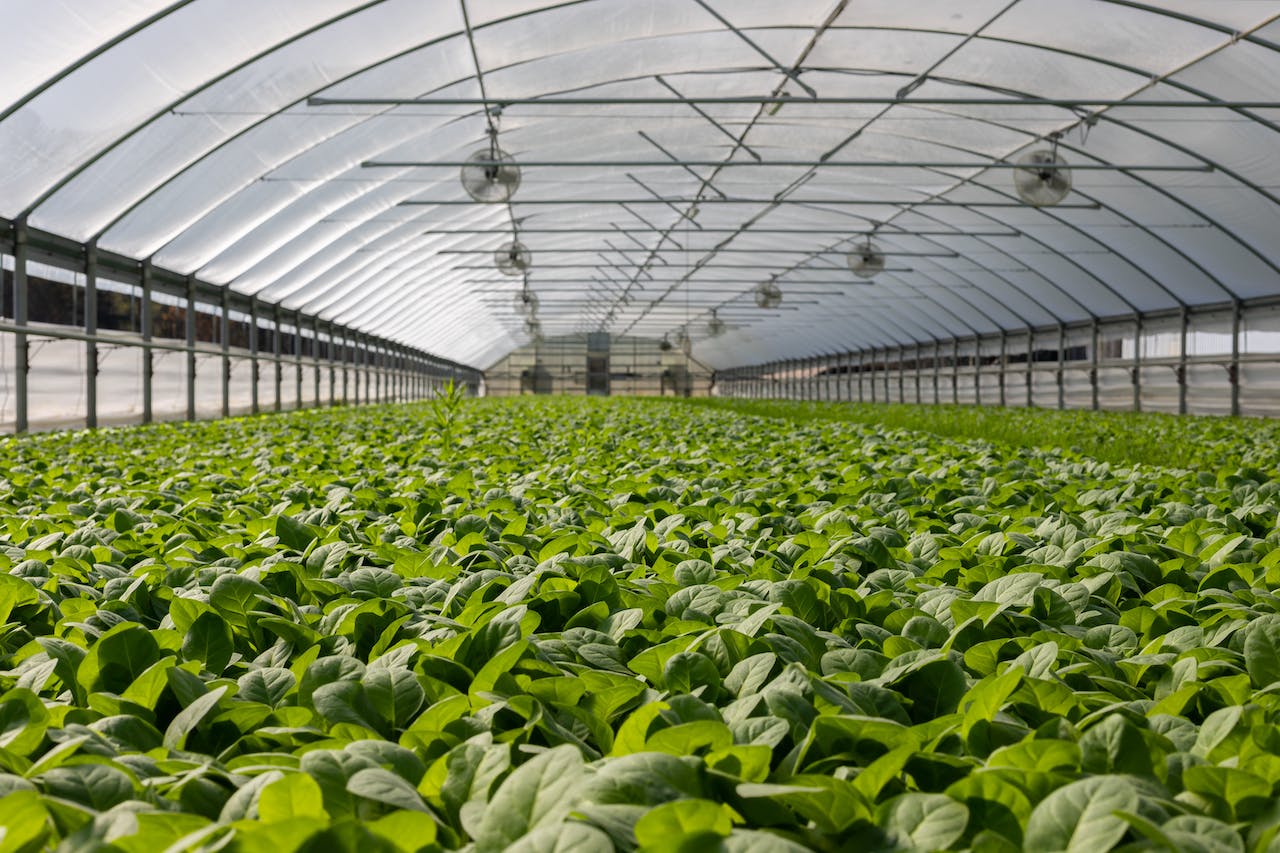Water Storage Tips and Why Every Homestead Needs It
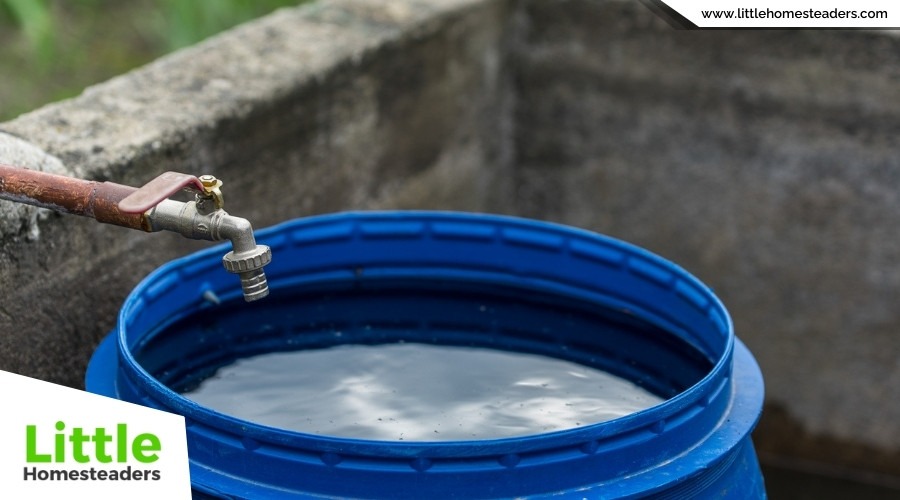
Water storage isn't just a good idea; it's a lifeline for your homestead. Whether you're dealing with a sudden power outage, a natural disaster, or just a dry spell, having a reliable water supply ensures you can keep going without worry. Let's break it down and make water storage manageable and even a little exciting. Yes, water storage can be exciting when it's about protecting your home and family!
Why Water Storage Is Non-Negotiable
Water is non-negotiable. Period. Your body can't survive more than a few days without it, and when you factor in hygiene, cooking, and animals, the stakes are even higher. Imagine facing a week-long power outage without running water or realizing your well has been contaminated. It's not just inconvenient; it's a crisis.
Storing water is your first step toward true self-sufficiency. It's your insurance policy against the unexpected. You don't want to depend entirely on external sources that can fail. And let's face it—knowing you're prepared brings a kind of peace you can't put a price on.
A good rule of thumb is to store at least one gallon of water per person per day. Double it if you can because two gallons comfortably cover drinking, cooking, and basic sanitation. A 30-day supply for a family of four? That's 240 gallons. Yes, it sounds like a lot, but we'll break it down step by step.
In addition to emergencies, think about everyday scenarios like a sudden drop in water pressure or repairs that leave you temporarily without access. With stored water, you can go about your day with minimal disruption.
Calculating Your Water Needs
Start simple: How many people are in your household? Multiply that number by two gallons per day. Then, decide how many days you want to prepare for. For example:
- Family size: 4
- Days to prepare for: 30
- Water needed: 4 × 2 × 30 = 240 gallons
Don't forget your animals! Dogs, cats, chickens, goats—they're all part of the homestead family and need water too. A medium-sized dog, for instance, might need about a gallon every three days, while livestock like cows could require up to 30 gallons a day. Research the needs of your specific animals and factor them into your calculations.
If you're growing a garden, especially during dry seasons, consider adding water for irrigation. Even drought-tolerant plants may need occasional watering to thrive. A drip irrigation system can help optimize your stored water usage.
Finally, store a little extra for surprises. What if you need to help a neighbor or deal with an unplanned longer outage? It's better to have too much than not enough. Unexpected guests, equipment cleaning, or extra hygiene needs during illness can all increase your water consumption.
Choosing the Right Storage Containers
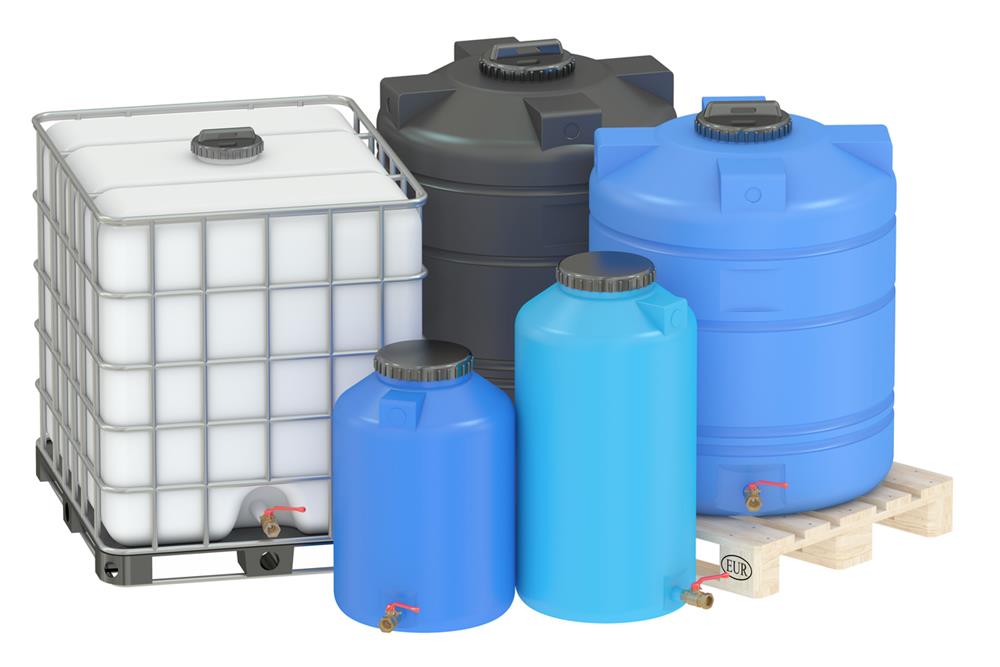
Not all containers are created equal, so choosing the right ones is crucial. Here's what you need to look for:
- Food-grade materials: Use containers made for storing drinking water. Stainless steel and food-grade plastic are the best options.
- Opaque or dark-colored containers: These block light, which helps prevent algae growth.
- Durability: Your containers should be sturdy enough to withstand long-term storage without leaks or cracks.
What to Avoid
- Don't reuse old containers that hold chemicals or non-food items—even if they're clean, traces of contaminants can remain.
- Avoid thin, single-use plastics that can degrade over time.
A great option for small-scale storage is stackable five-gallon water jugs. For larger amounts, consider 55-gallon barrels or even cisterns for long-term solutions. If portability matters—say, for an emergency bug-out scenario—opt for smaller, more manageable containers.
If you're serious about long-term storage, explore underground tanks or large above-ground cisterns. These options can hold hundreds or thousands of gallons and integrate well into a self-sufficient lifestyle.
Pro Tip: Label your containers with the date they were filled to keep track of rotation schedules. Also, add notes on treatment methods used to ensure water safety.
Treating Stored Water for Safety
Even clean water needs some help staying safe during storage. Contaminants can sneak in, and stagnation is an issue. Here are a few tried-and-true methods:
- Boiling: Boiling water for at least one minute kills most pathogens.
- Chlorine Bleach: Add 1/8 teaspoon of unscented household bleach per gallon of water. Mix well and let it sit for at least 30 minutes before drinking.
- Filtration Systems: A high-quality water filter can remove impurities and improve taste.
- UV Light Treatment: UV devices neutralize harmful microorganisms.
Additional Options
- Distillation: This method removes most contaminants by boiling water and collecting the purified steam. While energy-intensive, it's a reliable backup.
- Water Tablets: Purification tablets are lightweight and portable, and are great for emergencies or portable storage needs.
Pro Tip: Have more than one method in your arsenal. Boiling works great if you have power, but filters or bleach are better for long-term emergencies.
Maintaining Water Quality
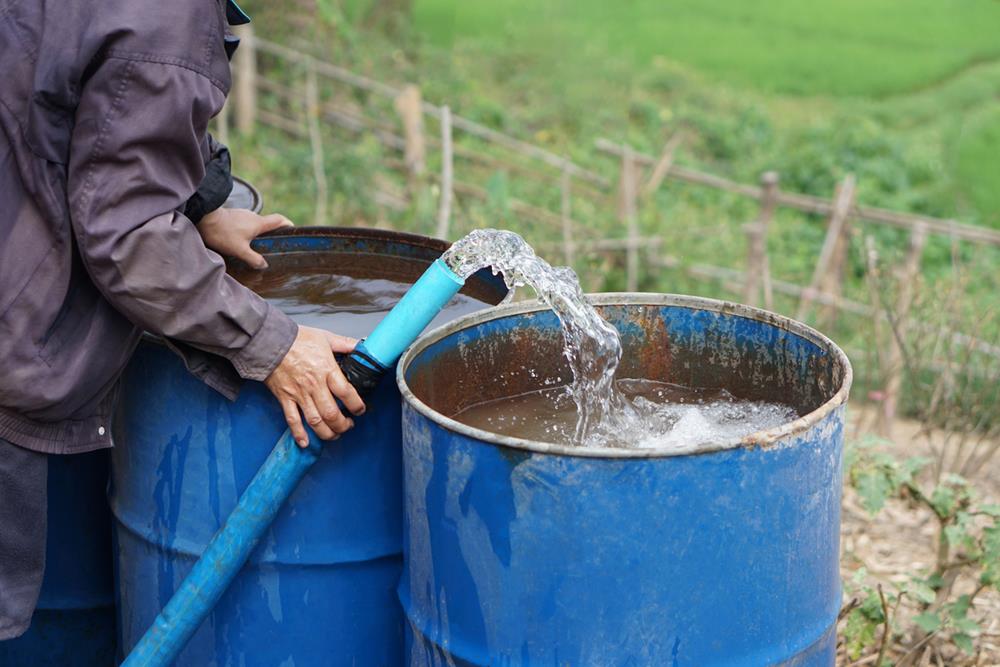
You've stored your water. Now what? It's all about maintenance. Stored water isn't "set it and forget it." Here's how to keep it fresh:
- Rotate Your Supply: Change out stored water every 3-6 months. Use the old water for non-drinking purposes, like watering plants.
- Inspect Regularly: Check containers for leaks, cracks, or contamination.
- Store Properly: Keep water in a cool, dark place. Avoid direct sunlight and extreme temperatures.
If you're using commercially bottled water, ensure the seals remain intact. For long-term storage, stainless steel containers or canning water in sanitized mason jars can provide added security.
Another clever strategy is using your water heater as an emergency source. Most household water heaters can store 40-80 gallons of water. Just remember to shut off the power and incoming water supply before using it during an emergency.
Exploring Alternative Water Sources
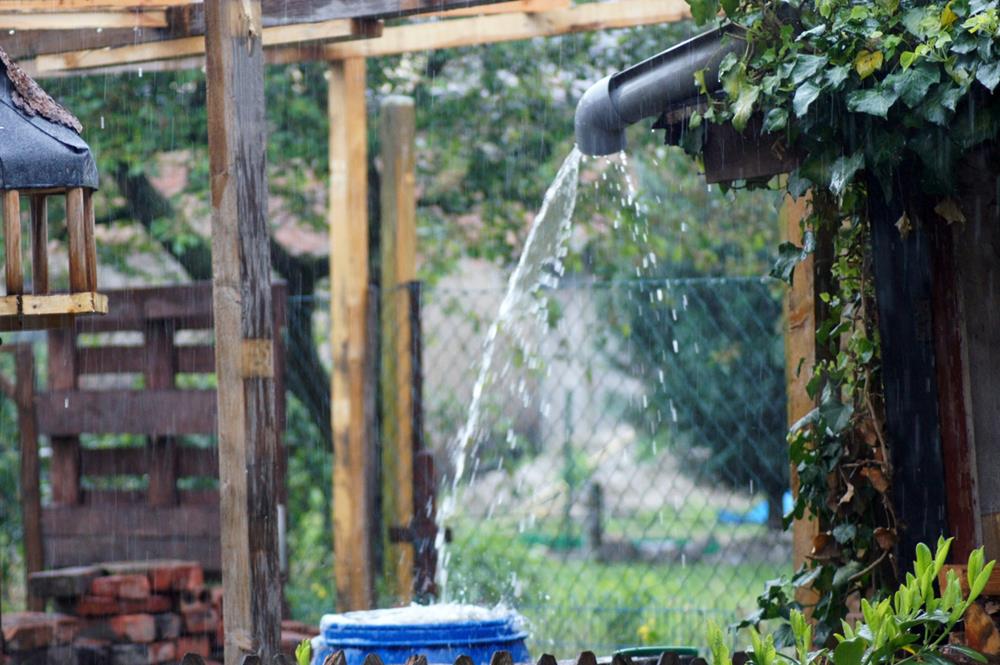
While stored water is essential, having backup sources can elevate your homestead's resilience. Here are some options:
- Rainwater Harvesting
- Set up gutters to direct rainwater into barrels or tanks.
- Use filters to remove debris, and treat the water for safety.
- Bonus: Rainwater is perfect for gardening and livestock!
- Wells
- Deep wells with electric pumps are standard, but add a manual pump for emergencies.
- Test well water regularly for contaminants.
- Surface Water
- Ponds, lakes, and streams can supplement water needs, especially for animals. Always treat this water before use.
- Off-Grid Systems
- Solar-powered pumps and gravity-fed tanks reduce dependency on external power.
- These systems can complement your stored water, especially during extended outages.
Pro Tip: A diversified water strategy—stored water plus alternative sources—is the ultimate safeguard for your homestead.
Practical Tips for Long-Term Water Independence
Being water-independent takes more than just storage. Here are some practical strategies:
- Invest in Large-Scale Storage: Install cisterns or underground tanks if space allows.
- Conserve Water: Use gray water for gardening and practice mindful usage.
- Community Collaboration: Share resources and knowledge with neighbors to create a stronger safety net.
Consider a homesteader who used a mix of rainwater collection and a solar-powered pump. During a two-week power outage, they had enough water for their family and livestock while their neighbors struggled. A little planning goes a long way.
FAQs About Water Storage
Q: Can I store water in my garage? A: Yes, but only if it's temperature-controlled. Extreme heat can degrade plastic containers.
Q: Is rainwater safe to drink? A: It can be, but always filter and treat it to remove contaminants.
Q: How do I calculate water needs for my garden? A: Research the water requirements of your plants and consider seasonal changes. A drip irrigation system can optimize usage.
Q: What's the best way to store water long-term? A: Use food-grade, durable containers and treat the water with bleach or other methods. Rotate the supply every six months for safety.
Takeaway
Water storage doesn't have to be overwhelming. Start small, assess your needs, and take the first step toward self-sufficiency today. Whether it's filling a five-gallon jug or installing a rainwater collection system, every action counts.
Your homestead deserves to be prepared, and with these tips, you're well on your way to mastering water independence. Now, roll up your sleeves and dive in—your future self will thank you!

